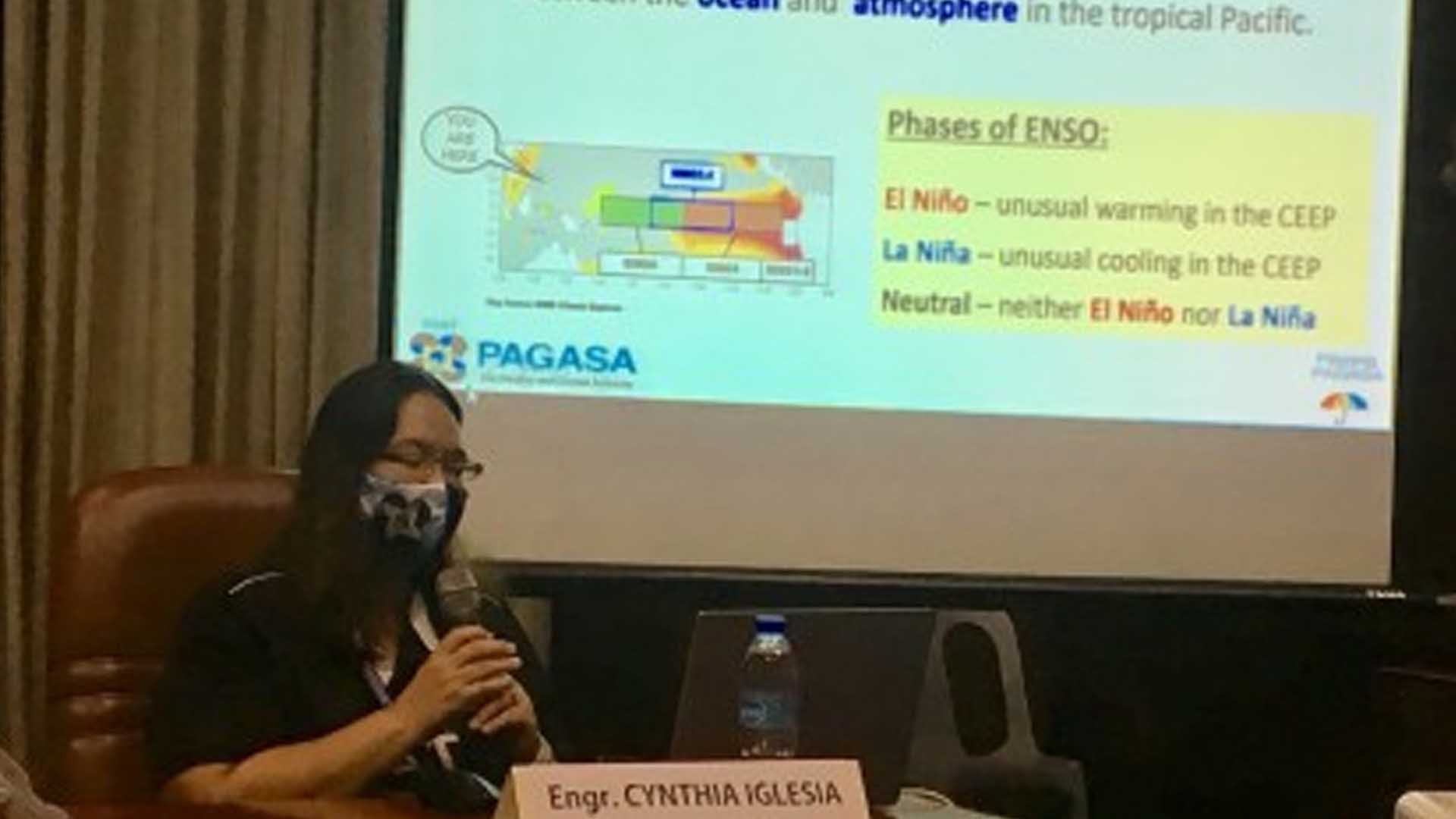The Philippine Atmospheric, Geophysical and Astronomical Services Administration (PAGASA) has warned Ilocos residents to get ready for the impact of La Niña, which is likely to affect the northern part of Luzon during the last quarter of the year.
Engr. Cynthia Iglesia, the chief meteorological officer of the Laoag Synop Airport Upper Air Station, said Monday the amount of rainfall in Ilocos Norte for the past few months is way below normal but La Niña alert is underway from October to December.
“We have had encountered typhoons and low pressure in the previous months but the amount of rainfall is way below normal,” said Iglesia.
As the La Niña alert has been issued, residents are advised to prepare over the likelihood of flooding in some parts of the province.
As part of the disaster preparedness of the province, the Provincial Disaster Risk Reduction Management and Resiliency Council (PDRRMRC) has already started mobilizing its units to clean waterways, trim large branches of trees along the highway, and install rainwater harvesting facilities to take advantage of the predicted rainfall.
Other local government units in the province, such as in the northeastern part of Piddig, have constructed small water impounding dams and spring development in local communities where drought or flooding continues to threaten their livelihood.
Piddig Mayor Eduardo Guillen, who is a civil engineer, acknowledged that too much water or less rain could greatly affect the town’s economy but with long-term planning to mitigate its effects, this can be reduced if not avoided.
With rising temperatures over the past few months, Piddig town’s ongoing spring development in the hilly mountains of Maruaya village has sustained its agro-tourism farm in the area.
Representatives of the PDRRMRC and Ilocos Norte Police Provincial Police Office (INPPO) have also started conducting consultations in the barangay level to identify their main concerns and come up with strategic plans before, during, and after disasters.
Some of the main concerns that were initially raised include improving rescue and evacuation for residents and animals in order to minimize loss and damages.
They also organized risk reduction councils in the barangay level to ensure better and faster response and coordination during emergencies. (PNA)








